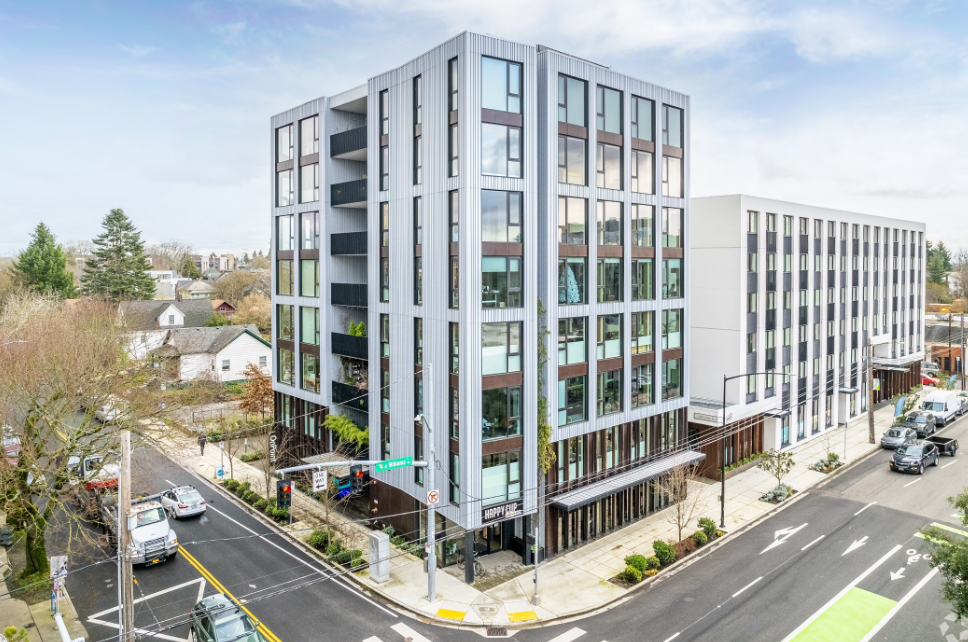Mass Timber Buildings May Provide a Benefit Beyond Sustainability: Earthquake Resistance
Early Results in World’s Biggest Test of Its Kind Raise Possibility of More West Coast Timber Projects
The TallWood experiment involves placing the structure on a movable platform, called a shake table, that simulates earthquake conditions. The National Science Foundation provided $2 million in grants to help fund the design and construction of the test building, which is expected to be torn down once the experiment is complete. Timber companies and universities are also supporting the project through funding and research, though the organizations providing funding have not been disclosed.
The San Diego experiment is notable because it examines the ability of mass timber to handle lateral-direction stresses caused by earthquakes, according to structural engineer David Cocke. Lateral systems are typically made from concrete and steel.
“It’s got real potential,” Cocke, principal and founder of engineering firm Structural Focus, told CoStar News. “You will need to convince planners that it’s viable, but I do think some version of mass timber lateral systems will happen.”
The global push to combat climate change and related popularity of wood buildings is likely to create more demand for new mass timber construction, said William Silva, director of pre-construction at Swinerton, a national construction company that is providing engineering services for the San Diego research project. And much of the surge could happen on the West Coast in some of the world’s most notable earthquake hot spots.
“It’s becoming increasingly mainstream,” Silva told CoStar News.
As the technology has advanced in the production methods of mass timber, architects and construction engineers have been able to use more of it in building designs. It helps that mass timber is more flexible, or ductile, than traditional building materials.
“Wood has better ductility than concrete or steel,” Jonathan Heppner, a partner at Lever Architecture in Portland, Oregon, told CoStar News. That “allows it to deform and flex during a seismic event without failure.” Heppner and his firm served as lead architects for the building used in the San Diego earthquake test.
It takes less carbon to produce mass timber than concrete and steel, Mark Oberholzer, principal at architecture firm KTGY, a creator of mass timber designs, told CoStar News. That makes mass timber buildings more appealing to real estate investors.
“A building that uses a lot of energy or was built from materials that required a lot of energy has a lower value,” Oberholzer said.



